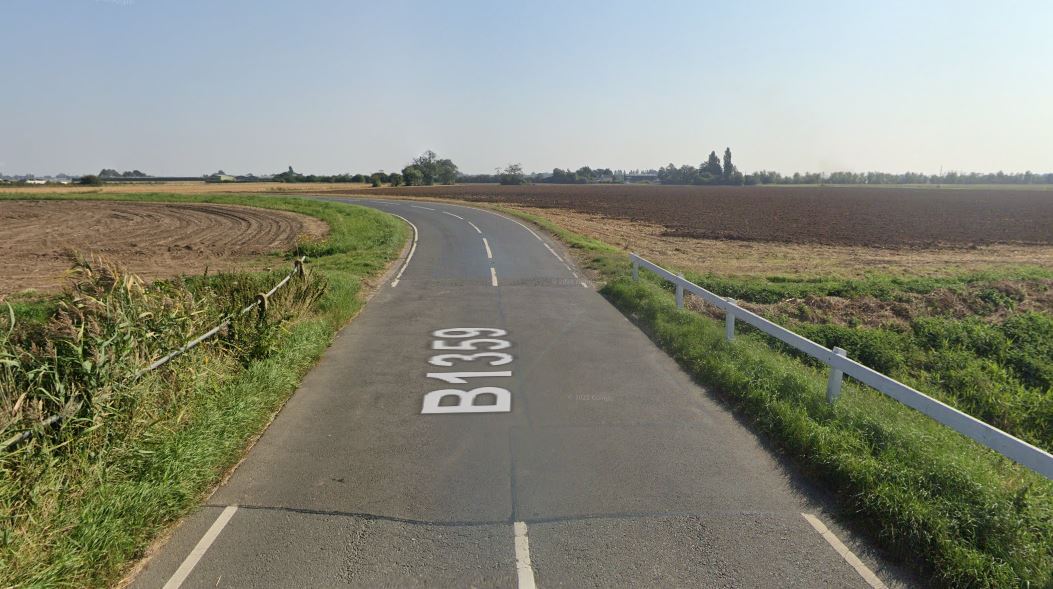This is the time of the year when we see lots of fungi. They come in all sorts of shapes, sizes and colours and are an interesting bunch!
Unfortunately many fungi are poisonous, many only in a relatively mild way after eating them but some are dangerous even when handled.
Many cause severe vomiting and diarrhoea after ingestion, some causing increase in heart rate and hallucinations.
The more poisonous fungi cause organ failure, sometimes several weeks after contact, and often result in death.
Four of the most deadly fungi are the death cap, the destroying angle, the deadly web cap and the fools web cap. These fungi are not uncommon and are regularly seen around the countryside.
Both the death cap and destroying angle have white gills. The head of the death cap are often light green but can be white. The destroying angle can be white or sometimes yellow at the edges.
They are both extremely toxic causing irreversible liver and kidney damage. Half a mushroom is sufficient to kill if eaten and they are even dangerous if handled.
Symptoms do not appear for between five and 24 hours after ingestion which include vomiting, cramps, delirium, convulsions and diarrhoea by which time the liver and kidney damage has occurred.
Unless you really know your mushrooms avoid all white grilled ones.
The deadly and fools web caps are two of the most poisonous fungi in the world. They are rusty brown or orange in colour and are easily confused with edible species.
They contain a toxin called orellanin. The initial symptoms do not occur for at least three days and sometimes up to three weeks.
These include nausea, stomach pains, vomiting and headaches. This is followed by renal failure.
Our dogs (and less so with cats) can come into contact with fungi. Puppies especially will sometimes play with them. In many cases no harm is done if the species is non toxic but can be serious if it is not.
Penny, my mother’s dog, has twice now eaten toadstools in the garden and suffered acute gastro-enteritis as a result.
Every year we see a small number of young dogs with very serious unexplained organ failure or non responsive gastro-enteritis and suspect a toxin of some sort may be to blame.
We do not know if fungi are to blame unless the contact between fungus and animal is seen.
The only way to reduce the risks is to avoid the fungi. If you find fungi in the garden where your dog could contact them, then remove them carefully. Do not touch with bare hands especially anything with white gills. Take care in the woods especially autumn and spring. It may be better at these times to keep your dog to the main paths rather than running through the trees.







